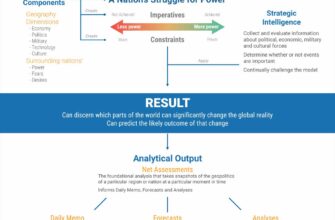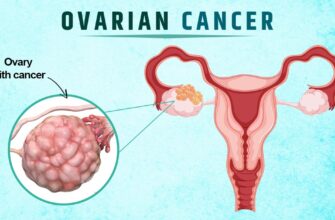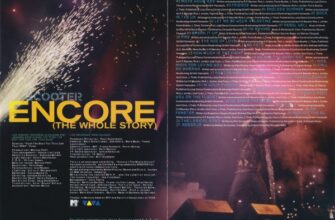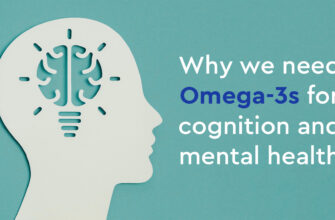For centuries, humanity has dreamt of eternal youth. From mythical springs to alchemical elixirs, the quest to defy aging remains a powerful driver. In our modern age, with advanced medical science, some have begun to wonder: could organ transplantation be the ultimate anti-aging solution? Recent claims suggesting repeated organ transplants could extend life to 150 years might sound like a sci-fi dream, but science offers a much more grounded reality.
The Persistent Allure of Rejuvenation
The idea of refreshing one`s body by replacing worn-out parts is intuitively appealing. It harks back to ancient myths of rejuvenation and finds modern echoes in what some might call “biohacking.” Consider the early 20th century, when wealthy gentlemen sought vitality through rather dubious “monkey gland” transplants – a procedure promising renewed virility and vigor by grafting primate testicular tissue. One might chuckle at the thought, but the underlying aspiration for youth and strength remains eerily similar to today`s sensational claims.
More recently, the concept of young blood plasma transfusions gained traction, fueled by intriguing, though ultimately limited, experiments on mice where circulatory systems of young and old animals were joined. The implication? That youth could be literally injected. However, human clinical trials have largely failed to demonstrate significant anti-aging effects, and regulatory bodies, like the U.S. Food and Drug Administration, have openly declared such commercial services as unproven and potentially harmful. It seems the fantasy of bottled youth, bought and administered, continues to capt captivate, despite scientific evidence.
The Sobering Realities of Organ Transplantation
While the notion of “swapping out” old organs for new ones to reset the biological clock is enchanting, it fundamentally misunderstands what modern transplant medicine is. Organ transplantation is a marvel of medical science, a critical, life-saving intervention for individuals facing terminal organ failure. It is not, and was never intended to be, a pathway to eternal youth.
The process itself is fraught with complexity:
- Meticulous Matching: Finding a compatible donor organ is a painstaking process, crucial to minimizing rejection.
- Lifelong Immunosuppression: A transplanted organ is recognized by the recipient`s immune system as a foreign invader. Without powerful immunosuppressive drugs, the organ would be rejected within weeks. This is not a temporary inconvenience; it`s a lifelong commitment.
- Significant Risks: Immunosuppression, while necessary, carries severe drawbacks. It leaves patients highly vulnerable to infections and increases their risk of developing certain types of cancer. Furthermore, chronic inflammation and scarring invariably lead to eventual organ rejection over time.
- Aging`s Impact: These challenges are compounded with age. An older recipient`s weakened immune system, slower tissue regeneration, and increased baseline inflammation significantly diminish the success rate of repeat transplants. Biological aging, it turns out, creates formidable barriers to simply replacing “old mechanisms with new ones.”
The Ethical Quagmire: Scarcity and Morality
Beyond the biological hurdles, there`s a profound ethical dimension. The global shortage of donor organs is a tragic reality. Thousands of individuals worldwide spend months, even years, on waiting lists, desperately hoping for a compatible organ that will grant them a second chance at life. Demand consistently outstrips supply, a disparity that, disturbingly, fuels a heinous black market where organs are often procured from the most vulnerable populations.
The core ethical principle of transplantology is clear: every precious donor organ must be directed to the patient who stands to benefit most, offering a significant extension of healthy, quality life. To divert such a scarce, life-saving resource for elective “anti-aging” procedures, particularly for individuals whose own organs are still functional, would not only be morally indefensible but would also irrevocably erode public trust in the entire healthcare system. It’s a resource reserved for survival, not for vanity.
Aging: A Systemic Process, Not a Mechanical Fault
Ultimately, the most fundamental scientific argument against transplantation as an anti-aging cure lies in the very nature of aging itself. Aging is not merely a mechanical breakdown of individual “parts” that can be swapped out. It is a complex, systemic biological process that impacts every single cell in the body. From telomere shortening and epigenetic alterations to cellular senescence and mitochondrial dysfunction, aging is woven into the fabric of our existence.
Even if scientists could magically replace every internal organ, there remains an insurmountable barrier: the human brain. Unlike the heart or liver, the brain cannot be replaced. It is the seat of personality, consciousness, memory, and identity. And, like all other organs, the brain is susceptible to aging, manifesting as neurodegeneration, cognitive decline, and chronic inflammatory processes. Even with a perfectly renewed body, a deteriorating brain would render the quest for “eternal youth” moot.
Conclusion: Embracing Reality While Pursuing Longevity
“The dream of eternal youth through transplantation is not a scientific breakthrough; it is a reflection of our reluctance to accept a simple truth: aging is not a mechanical failure. It is a complex, programmed biological process, an inherent part of human existence itself.” – Scientific consensus.
While the human desire to extend life and maintain vitality is understandable and continues to drive exciting research into the biology of aging, it is crucial to distinguish between scientific progress and wishful thinking. Organ transplantation is a testament to human ingenuity and compassion, saving countless lives. However, its purpose is healing, not halting the inevitable march of time.
The true path to healthy longevity likely lies not in replacing organs, but in understanding and manipulating the intricate, systemic processes of aging itself, allowing us to live longer, healthier, and more fulfilling lives within the bounds of our natural biological framework.








